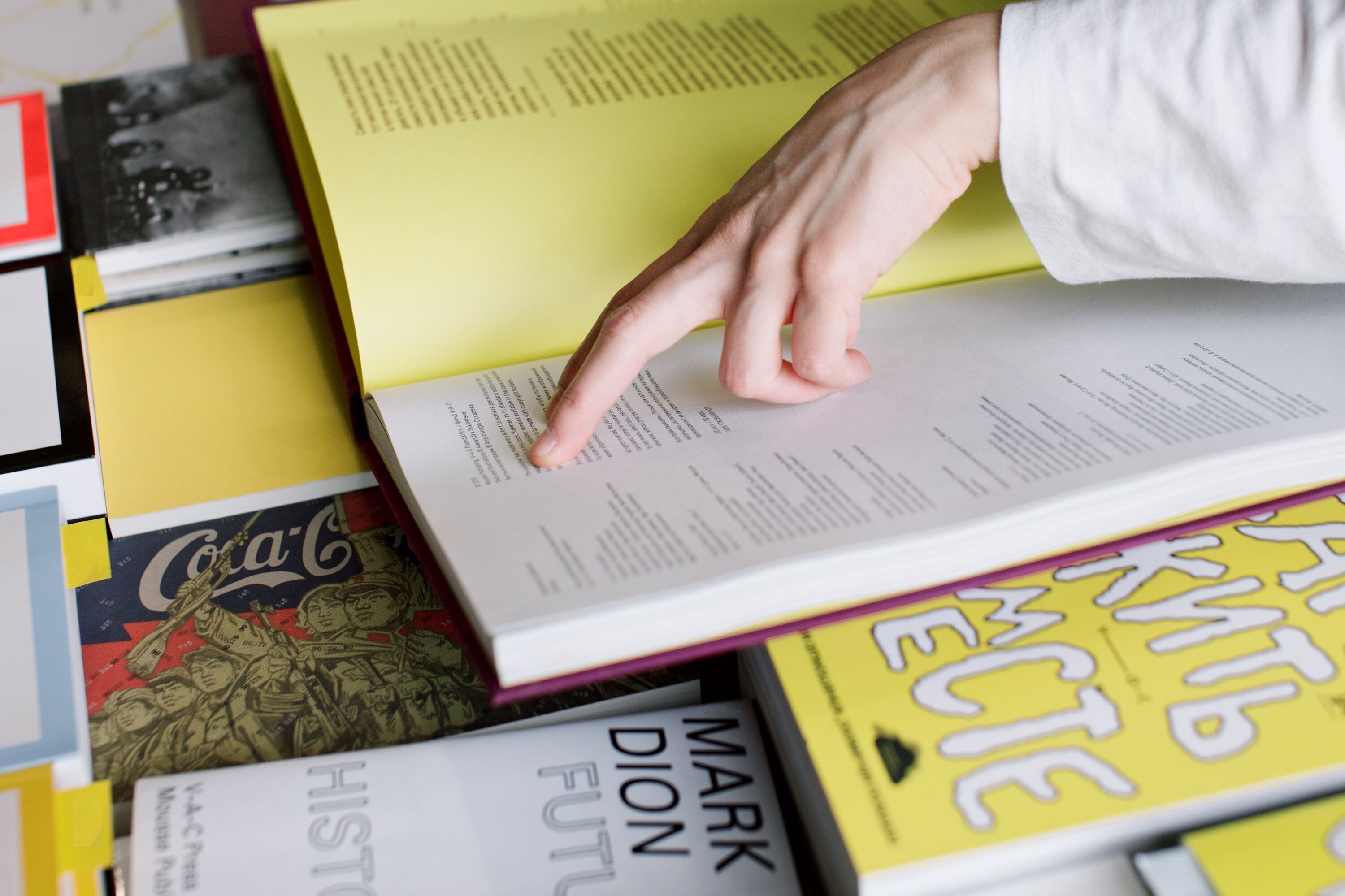Creating an Inclusive Culture in the Museum: A Review of Russian-Language Methodological Guides

Courtesy of Masha Dupovkina
In recent years, the issues of inclusion and accessibility have been among the most relevant topics discussed within museum communities. The methods of working with different groups of visitors have come a long way: from the introduction of sporadic practices to the institutionalization of the sphere. The creation in museums of specialized departments, the increase in relevant events, and, as a result, the accumulation of the relevant experience have resulted in a range of methodological guides, summarizing and reflecting upon the acquired knowledge and skills. This review examines the key handbooks and guides that have been published over the last 10 years and are devoted primarily to working with visitors with disabilities. The authors of these guides not only offer a systemic discussion of physical, social, psychological, and other barriers to museum access, but also describe the most effective ways of overcoming them. In further discussions of museum inclusion, one should expect a differentiation of approaches and a deeper reflection, including the usage of external audit and assessment.
To link to this item: https://doi.org/10.35074/GJ.2020.1.1.018


